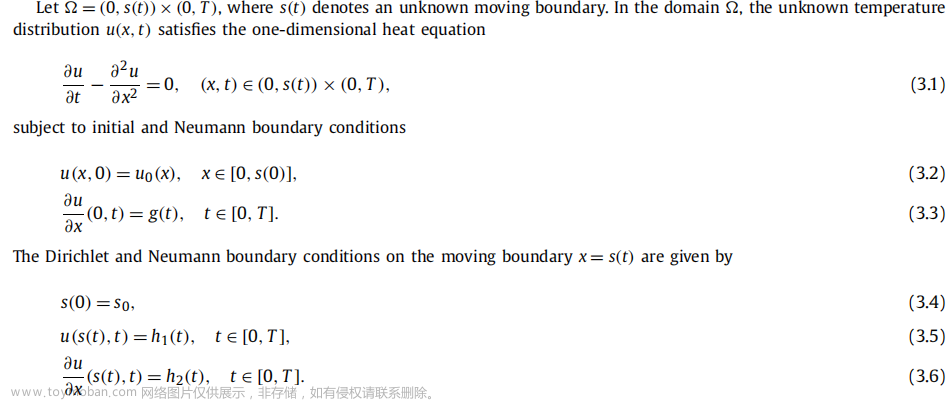Introduction:
In software engineering, tackling complex problems often requires breaking them down into smaller, more manageable pieces. This approach, known as problem decomposition, allows developers to focus on individual parts of a problem, leading to more efficient and effective solutions. In this blog post, we will explore the significance of problem decomposition and discuss some strategies to break down problems into the smallest solvable units.
- Understanding the Problem:
Before diving into problem decomposition, it is crucial to have a clear understanding of the problem at hand. Gather requirements, consult stakeholders, and analyze the problem thoroughly. The better you grasp the problem, the easier it becomes to identify its components. - Identify High-Level Components:
Once you understand the problem, start by identifying the high-level components or major functionalities involved. These components or functionalities represent the main building blocks of the solution. Focus on defining precise and distinct units that serve a specific purpose. - Decomposing Components:
For each high-level component, further break it down into smaller components or subtasks. Decompose the problem until each subtask becomes simple enough to solve individually. This step is all about dividing complex tasks into smaller, manageable units that can be tackled independently. - Define Interfaces:
When breaking down components, it is crucial to define clear interfaces between them. Interfaces act as contracts, specifying how each subtask interacts with others. Well-defined interfaces ensure that each component operates as expected, independently, and can be easily integrated into the overall solution. - Prioritize and Schedule:
Once you have decomposed the problem into smaller units, prioritize the tasks based on their importance or interdependencies. Develop a schedule or roadmap to tackle each subtask, taking into account any dependencies or limitations. This helps you manage resources effectively and ensures an orderly progression towards the final solution. - Implement, Test, and Iterate:
With your problem decomposed and tasks scheduled, it’s time to start implementing the solutions for each subtask. Develop code, test functionality, and frequently iterate to refine your solutions. By focusing on these smaller units, developers can easily identify and address issues before they become overwhelming.
Conclusion:
Breaking down problems into the smallest solvable units is an essential skill in software engineering. It helps manage complexity, enhance collaboration among team members, and allows for more efficient problem-solving. By following the strategies outlined above, you can effectively decompose problems, improve development processes, and deliver successful software solutions.
Remember, problem decomposition is an iterative process that improves with practice. Over time, you will develop a knack for identifying the right level of granularity and breaking down problems into manageable chunks, leading you to become a more effective software engineer.
摘要
在软件工程中,解决复杂问题通常需要将其分解为更小、更可管理的部分。这种方法被称为问题分解,它使开发人员能够分别解决问题的各个部分,从而实现更高效和有效的解决方案。在本博客中,我们将探讨问题分解的重要性,并讨论一些将问题分解为最小可解单元的策略。
-
理解问题:
在进行问题分解之前,清楚地理解当前问题至关重要。收集需求、咨询利益相关者并进行全面的问题分析。你对问题的了解程度越深,就越容易识别出问题的组成部分。 -
识别高级组件:
一旦你理解了问题,就开始识别高级组件或主要功能。这些组件或功能代表解决方案的主要构建模块。着重定义具体而明确的单元,这些单元担负着特定的任务。 -
分解组件:
对于每个高级组件,进一步将其分解为更小的组件或子任务。将问题分解直到每个子任务足够简单,可以单独解决。这一步骤是将复杂任务分割成更小、可管理的单元,可以独立处理。 -
定义接口:
在分解组件时,定义清晰的组件之间的接口至关重要。接口充当合约,规定每个子任务与其他任务的交互方式。良好定义的接口确保每个组件都独立且按预期工作,并且可以轻松集成到整体解决方案中。 -
优先级和计划:
一旦你将问题分解为较小的单元,根据重要性或相互依赖关系对任务进行优先排序。制定计划或路线图,以处理每个子任务,考虑任何依赖关系或限制。这有助于有效管理资源,并确保有序向最终解决方案的迈进。 -
实现、测试和迭代:
在对问题进行分解并安排好任务后,就可以开始为每个子任务实施解决方案了。开发代码,测试功能,并经常进行迭代以完善解决方案。通过专注于这些较小的单元,开发人员可以轻松地识别和解决问题,避免问题变得不可控。
结论:
将问题分解为最小可解单元是软件工程中至关重要的技巧。它有助于管理复杂性,增强团队成员之间的协作,并实现更高效的问题解决。通过遵循上述策略,你可以有效地进行问题分解,改进开发过程,并提供成功的软件解决方案。文章来源:https://www.toymoban.com/news/detail-663778.html
请记住,问题分解是一个逐步迭代的过程,通过实践不断提升。随着时间的推移,你将培养出识别合适的粒度并将问题分解成可管理的部分的能力,从而成为更高效的软件工程师。文章来源地址https://www.toymoban.com/news/detail-663778.html
到了这里,关于Breaking Down Problems into Smaller Solutions in Software Engineering的文章就介绍完了。如果您还想了解更多内容,请在右上角搜索TOY模板网以前的文章或继续浏览下面的相关文章,希望大家以后多多支持TOY模板网!













